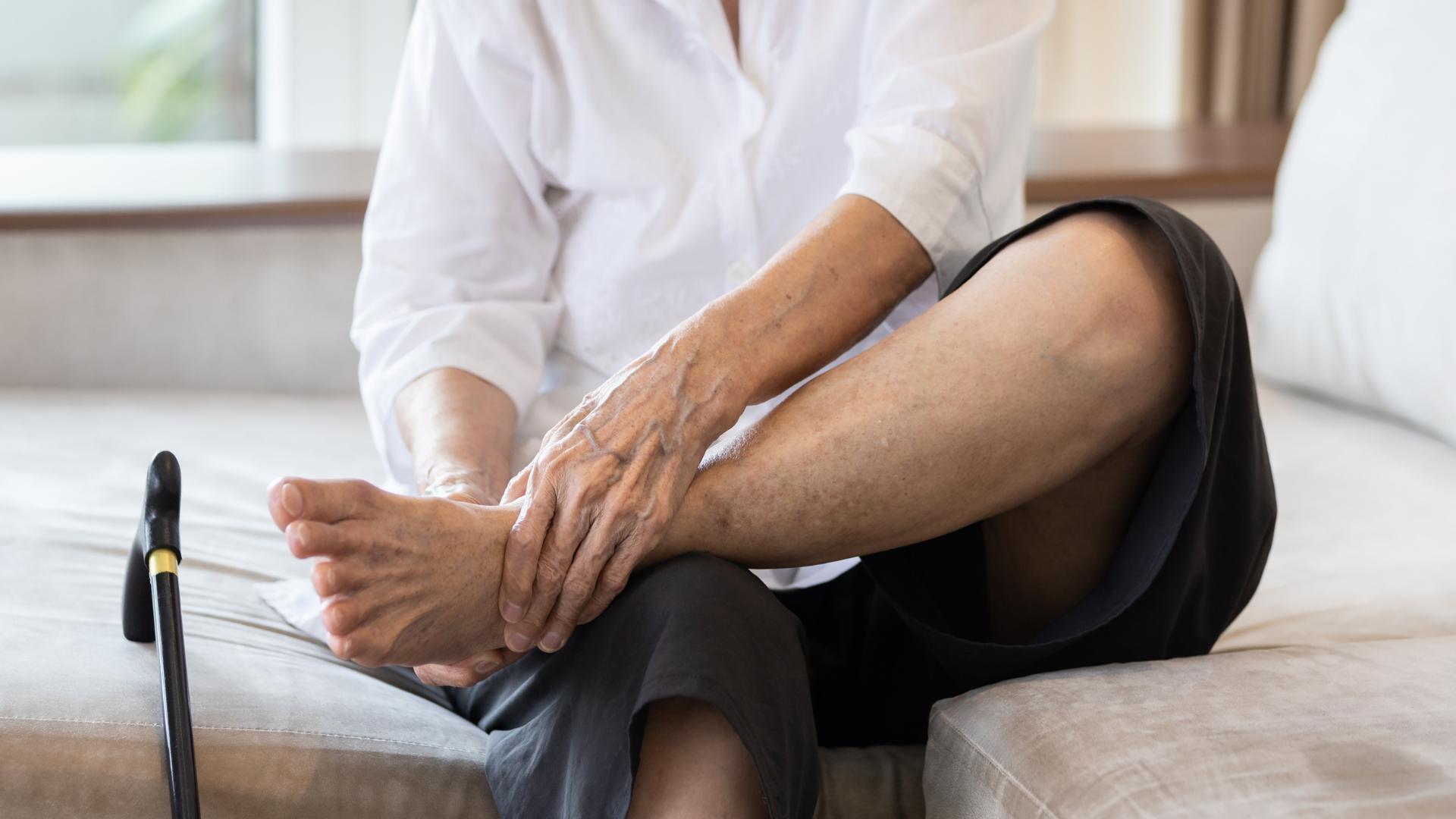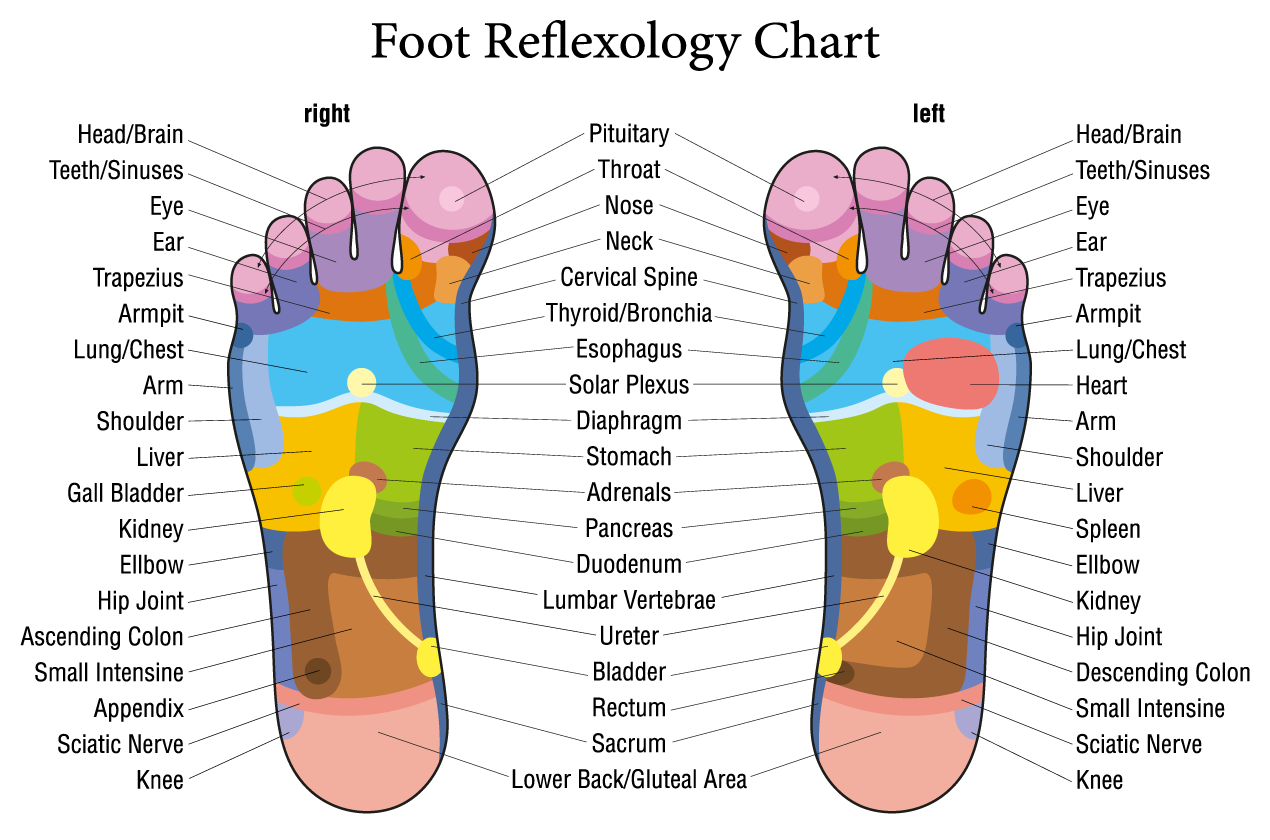Understanding Foot Pain: What Your Foot Pain Chart Is Telling You

Foot pain can make daily life more difficult, especially when walking, standing, or even resting becomes uncomfortable. If you’re unsure what’s causing the pain, a foot pain chart can be a helpful tool. It shows specific foot areas and links them to possible causes, giving you a clearer idea of what might be going on.
As we get older, our feet carry the weight of years of use. Understanding what your foot pain is telling you can help you take steps toward better comfort, stability, and mobility.
What Is a Foot Pain Chart and How Can It Help?

A foot pain chart is a simple diagram that highlights different parts of the foot, such as the heel, arch, ball, and toes. These charts often connect areas of pain with potential conditions, helping people and healthcare providers identify the source more quickly.
Using a foot pain chart can:
- Help you locate the exact area of pain
- Suggest possible conditions based on that location
- Guide you in asking the right questions during doctor visits
- Support early care, which often leads to better results
This tool is especially helpful for anyone who’s been managing foot discomfort for a long time without a clear answer.
Common Foot Pain Areas and What They Mean
The location of your foot pain is often the best clue to what’s causing it. Different conditions tend to affect different parts of the foot.
Heel Pain
Heel pain is commonly caused by:
- Plantar fasciitis, which leads to sharp pain in the bottom of the heel, especially in the morning
- Heel spurs, small bony growths that irritate nearby tissue
- Achilles tendonitis, a condition where the tendon at the back of the heel becomes inflamed from overuse
Ball of the Foot
This area may feel like you’re walking on a small rock. Common causes include:
- Morton’s neuroma, a nerve thickening between the toes
- Metatarsalgia, general inflammation in the ball of the foot
- Stress fractures, often from repetitive impact or overuse
Arch Pain
The arch supports your body weight. When it hurts, it may be due to:
- Flat feet, causing the arch to collapse
- Plantar fasciitis, which can extend pain from the heel into the arch
Base of the Big Toe
Pain in this joint is often related to:
- Bunions, which form when the big toe pushes inward
- Arthritis, leading to stiffness and swelling
- Capsulitis, inflammation of the surrounding joint ligaments
Foot Conditions Linked to Pain
Some of the most common and painful foot conditions include:
- Bunions, bony bumps that develop due to pressure on the big toe
- Hammer toes, which bend abnormally and cause shoe discomfort
- Achilles tendon injuries, limiting motion and stability
- Stress fractures, which cause sharp pain during activity
- Gout, a sudden, intense arthritis flare in the big toe
Recognizing these signs early can help prevent the pain from worsening.
How Foot Pain Can Lead to Knee Pain
When your feet hurt, you often change how you walk to avoid the pain. Over time, this shift in movement can affect your knees.
For example:
- Limping from foot pain can cause uneven stress on one knee
- Flat feet can misalign the legs and cause joint strain and may lead to knee discomfort over time
- Ongoing discomfort in the heel or arch may lead to poor posture and joint wear
This connection is especially important for people managing chronic foot issues, as the knees are often the next joint affected.
How Knee Pain Can Affect Your Feet
Knee pain can also change your walking pattern and lead to foot pain. People with sore knees often shift their weight awkwardly or favor one leg, which increases pressure on certain parts of the foot.
This can lead to:
- Sore arches or heels due to overuse
- Ball-of-foot pain as you try to offload knee discomfort
- Fatigue and inflammation from uneven walking
Treating knee pain often improves not only mobility but also overall foot comfort.
Arthritis and Its Role in Foot Pain
Arthritis doesn’t just affect the knees. It’s also a common cause of pain in the feet and toes. Conditions like osteoarthritis and rheumatoid arthritis can cause joint damage, stiffness, and swelling.
Signs of arthritis-related foot pain include:
- Pain in the big toe, midfoot, or ankle
- Bony changes or deformities
- Difficulty with balance or wearing shoes comfortably
Many people with arthritis experience pain in both the knees and feet. Taking a joint-focused approach can help reduce discomfort across multiple areas.
How to Use a Foot Pain Chart for Better Care
Here are simple steps to use a foot pain chart:
- Find the area where your foot hurts the most.
- Compare it to the chart’s labels and conditions.
- Track patterns, like pain that worsens after rest or long walks.
- Bring your notes to your next doctor’s appointment.
This can speed up diagnosis and ensure more effective treatment planning.
Daily Tips to Manage and Prevent Foot Pain
Here are practical ways to protect your feet each day:
- Wear proper shoes with good arch support and enough room for your toes
- Use inserts or orthotics if your arches are collapsing or pressure is uneven
- Stretch regularly to keep your foot muscles flexible and your knees supported during walking
- Elevate your feet to reduce swelling after standing or walking
- Move gently, as staying active helps maintain circulation and strength
Prevention can be just as important as treatment.
Take the Next Step Toward Joint Comfort
Arthritis Knee Pain Centers does not treat foot-specific conditions, but we understand how closely foot and knee health are connected. If knee pain is changing how you walk, leading to foot discomfort or balance problems, we can likely help.
Schedule a No-Charge, No-Obligation Knee Screening to find out how non-surgical treatments for knee osteoarthritis could help you feel steadier, stronger, and more confident on your feet.
